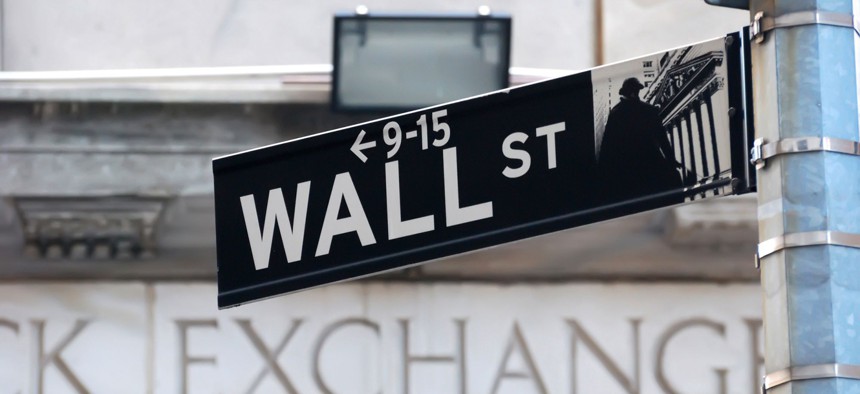What’s the Fiscal and Economic Outlook Like for State and Local Governments In the Coming Months?

Shutterstock

Connecting state and local government leaders
Analysts at one credit rating agency offer up their perspective.
Stable, but lacking somewhat in vitality. That’s the likely economic backdrop for state and local governments throughout the rest of this year, according to a new report one of the Wall Street credit rating agencies issued Tuesday.
Analysts at Standard & Poor's Ratings Services wrote in the rating agency’s latest U.S. State And Local Government Credit Conditions Outlook that the risk of a recession hitting this year remains relatively low, with a probability around 15 to 20 percent.
The nation’s economic growth, they project, is on track to expand moderately in the months ahead, with measured upticks expected in the housing market and consumer spending. Job and unemployment figures have been showing overall improvement, the report also said, while the volatility the stock market displayed earlier in the year has eased off—for now at least.
State revenue forecasts, meanwhile, have generally been looking neither dismal or especially bright. “Almost across the board, states are forecasting slower, though still positive, rates of personal income and retail sales tax revenue growth,” the report’s authors wrote.
They also highlighted the current presidential primaries, saying some of the campaign rhetoric calls into question whether substantive progress is possible in the near term on a number of roadblocks to faster U.S. economic growth. Obstacles mentioned included aging infrastructure, immigration policies, the tax system, and “inadequate” education and job training outcomes.
Many states are now confronting financial situations that significantly restrict how much money they can pump toward areas such as infrastructure and higher education. The report notes:
The emerging landscape for fiscal 2017 is one in which states must simultaneously accommodate upward pressure on some costs (pension contributions and Medicaid) and flattening revenue trends. A slower average rate of revenue growth throughout the recovery from the Great Recession has left states with reduced capacity to absorb any unanticipated revenue underperformance. Spending on infrastructure, which has already been squeezed, is likely to continue drawing the short straw despite the increased attention it has received.
Standard & Poor's has so far downgraded three states this year: Alaska, North Dakota and Wyoming. Each of those states has an economy that is intertwined with energy and natural resources industries, sectors that have slumped lately. Eleven other states now have negative credit outlooks from the rating agency, up from seven when the year began.
A full copy of the Standard & Poor's report, which also contains outlooks for individual regions of the U.S., can be found here.
Bill Lucia is a Reporter for Government Executive's Route Fifty.

NEXT STORY: Kentucky Governor Cries Coercion; Is Maine's Legislature 'the Worst'?





